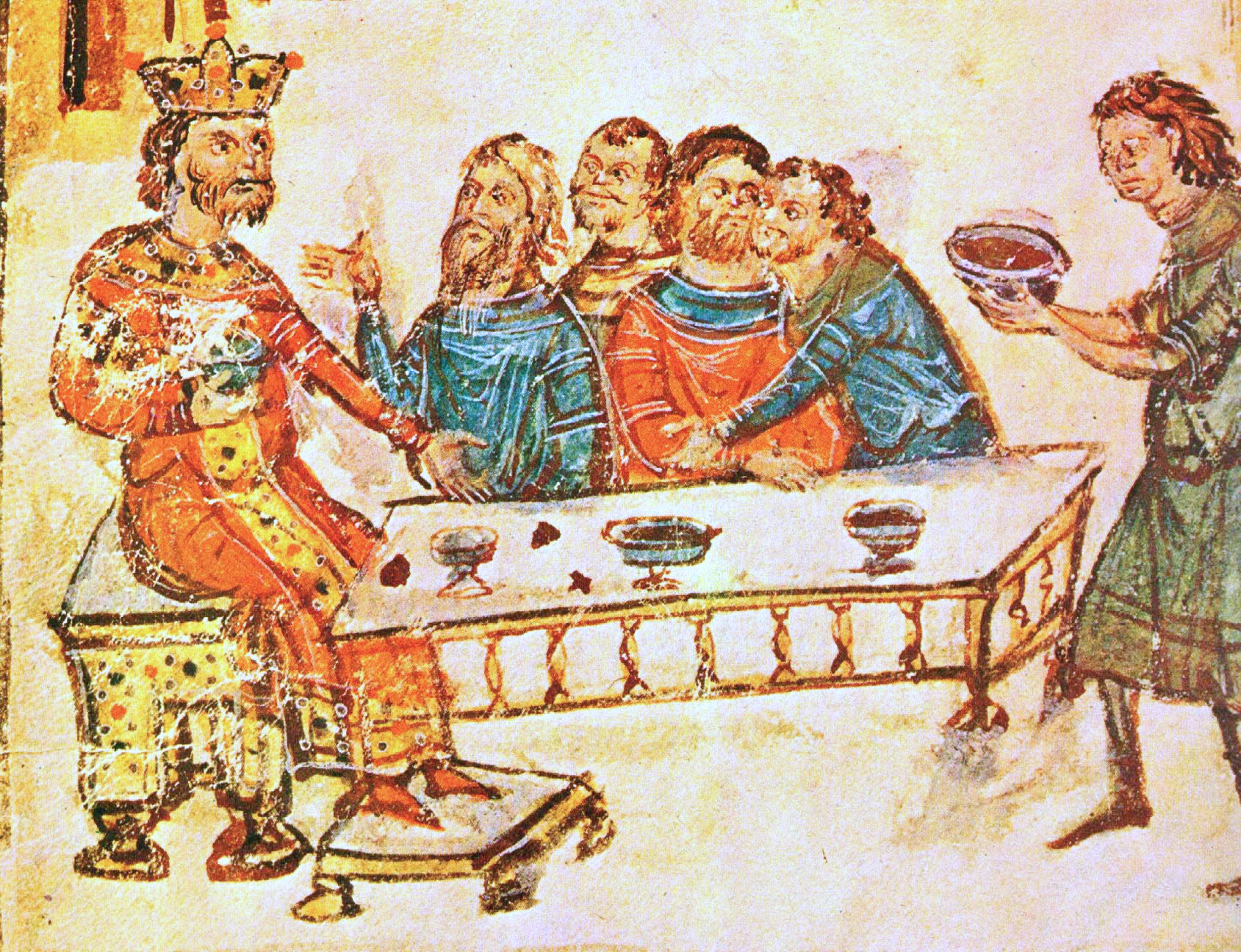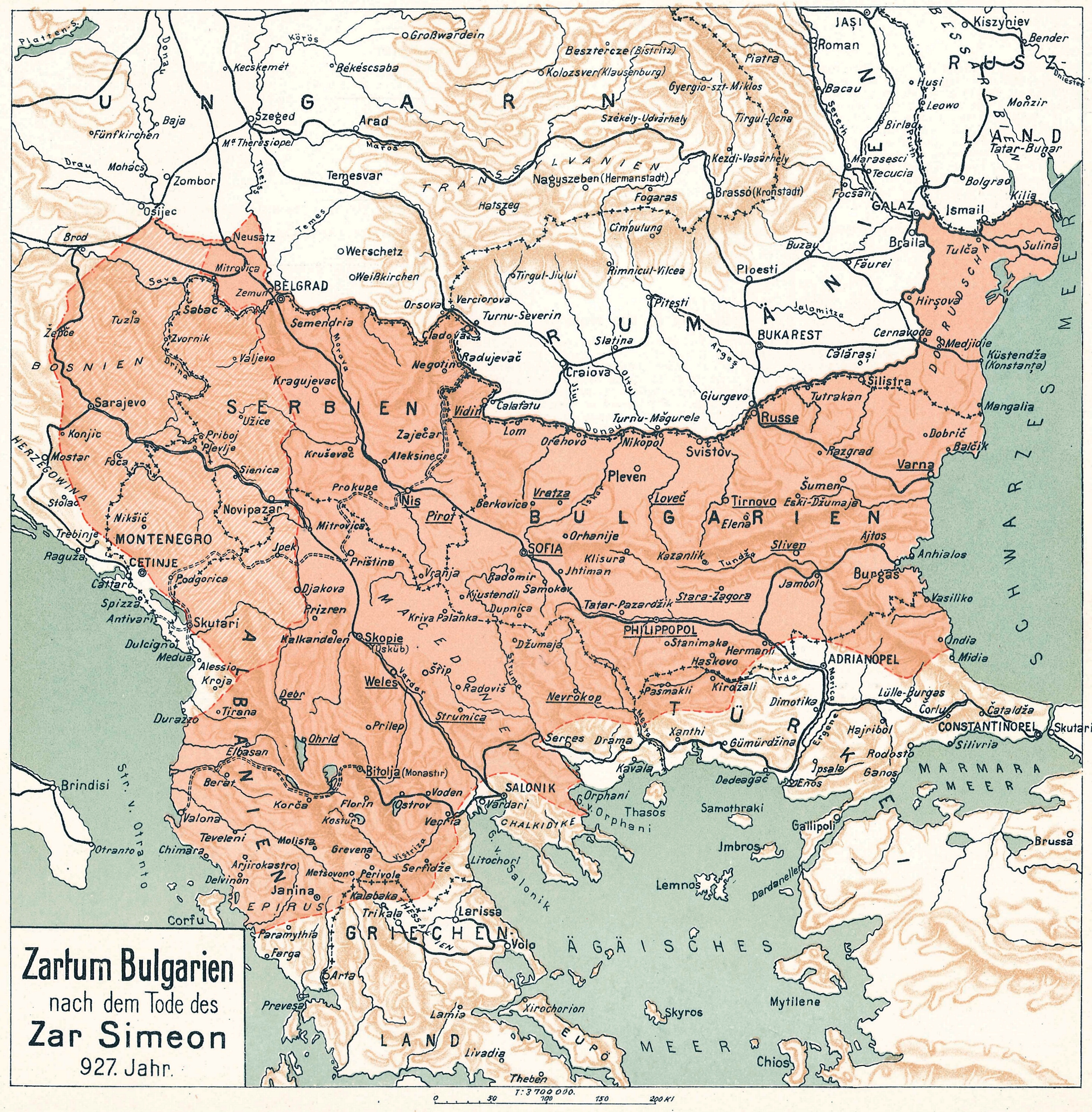|
Ganos
Ganos (Greek: Γάνος), now known as Gaziköy, is a neighbourhood of the municipality and district of Şarköy, Tekirdağ Province, Turkey. Its population is 372 (2022). It is a historically important town, located on the Sea of Marmara, beneath the namesake Mount Ganos. It was known for its wine production. The wine was exported via the town's harbor and shipped throughout the Byzantine Empire and internationally. Although Ganos's wine trade declined under the Ottoman Empire, it continued to serve a more local market. The town was also a center of ceramics production through the late Ottoman period, especially during the 19th century. Various ruins now mark the site of the old town, including traces of fortifications and several kilns. There were previously several old churches as well, but only the buildings' foundations are still extant. The present village of Gaziköy is located below the old town's acropolis. The ancient site of Serrion Teichos may have been at or near ... [...More Info...] [...Related Items...] OR: [Wikipedia] [Google] [Baidu] |
Mount Ganos
Mount Ganos ( el, Όρος Γάνος), today known as Işıklar Dağı in Turkish language, Turkish, is a mountain in eastern Thrace, on the European side of modern-day Turkey. It rises up from the western shore of the Sea of Marmara. The mountain was home to Christian monks and ascetics during the Byzantine period. Byzantine Christian monks and clergymen who lived on the mountain included Patriarch Athanasius I of Constantinople and Maximos of Kafsokalyvia. Geography Mount Ganos is basically a small mountain range that runs northeast-southwest at an approximately 70° angle. Its length in this direction is about 35 km, its width ranges from about 8 to 11 km, and its summit is 924 m above sea level. On the north side, Mount Ganos rises abruptly from the Thracian plain. To the east is the Sea of Marmara, where the northern edge of the undersea Tekirdağ Basin also rises up sharply to form Mount Ganos's eastern flank. The mountain's southwestern end falls away s ... [...More Info...] [...Related Items...] OR: [Wikipedia] [Google] [Baidu] |
Serrion Teichos
Serrion Teichos ( grc, Σέρριον τείχος) or Serreion Teichos (Σέρρειον τεῖχος) was a Greek city in ancient Thrace, located in the region of the Propontis. It was a member of the Delian League and appears in tribute lists of Athens between 428/7 and 418/7 BCE. It later bore the name of Ganus or Ganos (Γάνος or Γᾶνος). It is under this name that the town is mentioned by geographers and historians, as a noted mountain fortress of Thrace. Its site is near the modern Ganos, Turkey Turkey ( tr, Türkiye ), officially the Republic of Türkiye ( tr, Türkiye Cumhuriyeti, links=no ), is a list of transcontinental countries, transcontinental country located mainly on the Anatolia, Anatolian Peninsula in Western Asia, with .... See also * Greek colonies in Thrace References Greek colonies in Thrace Ancient Greek archaeological sites in Turkey Archaeological sites in the Aegean Region Populated places in ancient Thrace Former ... [...More Info...] [...Related Items...] OR: [Wikipedia] [Google] [Baidu] |
Şarköy
Şarköy, previously known by its Greek name Περίσταση (Peristasi), is a seaside town and district of Tekirdağ Province situated on the north coast of the Marmara Sea in Thrace in Turkey. Şarköy is 86 km west of the town of Tekirdağ, and can be reached either by the inland road or by the winding coast road, which goes on to Gallipoli. The mayor is Alpay Var ( CHP). History Stone-age weapons and implements have been found in the villages of Kızılca Terzi, Fener Karadutlar and Sofuköy. Bronze Age artefacts from 1200BC have been found in İğde Bağları (Araplı), showing that mining took place here and also that there were trading links between Thrace and the Aegean coast. Greek colonies were founded from 750 to 550 BC with the agreement of the local Thracians. The Greek villages of '' Heraklea'' (Eriklice) ( grc, Ηράκλεια), ''Chóra'' (Hoşköy) ( grc, Χώρα), ''Gános'' (Ganoz) ( grc, Γάνος), ''Byzanthe-Panion'' (Barbaros) ( grc, Βισά� ... [...More Info...] [...Related Items...] OR: [Wikipedia] [Google] [Baidu] |
Tekirdağ
Tekirdağ (; see also its other names) is a city in Turkey. It is located on the north coast of the Sea of Marmara, in the region of East Thrace. In 2019 the city's population was 204,001. Tekirdağ town is a commercial centre with a harbour for agricultural products (the harbour is being expanded to accommodate a new rail link to the main freight line through Thrace). It is also home to Martas and the BOTAŞ Terminal, both of them important for trade activities in the Marmara Region. The town's best known product remains Tekirdağ rakı although it is also known for its cherries, celebrated with a festival every June. The proximity of the Greek and Bulgarian borders means that there are honorary consulates for both countries in Tekirdağ town. Ferries from Tekirdağ sail to the nearby Marmara Islands during the summer. The nearest airport is Tekirdağ - Çorlu Airport (TEQ) although there are many more flights to Istanbul International Airport (IST). Names and etymology ... [...More Info...] [...Related Items...] OR: [Wikipedia] [Google] [Baidu] |
Hierocles (author Of Synecdemus)
Hierocles (Greek: Ἱεροκλῆς ''Hierokles'') was a Byzantine geographer of the sixth century and the attributed author of the ''Synecdemus'' or ''Synekdemos'', which contains a table of administrative divisions of the Byzantine Empire and lists of the cities of each. The work is dated to the reign of Justinian but prior to 535, as it divides the 912 listed cities in the Empire among 64 Eparchies. The ''Synecdemus'' is thus one of the most invaluable monuments which we have to study the political geography of the sixth century East. The work of Hierocles along with that of Stephanus of Byzantium were the principal sources of Constantine VII's work on the Themes (''De Thematibus''). Hierocles was published by Parthey (Hieroclis Synecdemus; Berlin, 1866) then in a corrected text, by A. Burckhardt in the Teubner seriesHieroclis Synecdemus; Leipzig, 1893. The most recent major publication was by E. Honigmann (''Le Synekdèmos d'Hiéroklès et l'opuscule géographique de George ... [...More Info...] [...Related Items...] OR: [Wikipedia] [Google] [Baidu] |
Polis
''Polis'' (, ; grc-gre, πόλις, ), plural ''poleis'' (, , ), literally means "city" in Greek. In Ancient Greece, it originally referred to an administrative and religious city center, as distinct from the rest of the city. Later, it also came to mean the body of citizens under a city's jurisdiction. In modern historiography, the term is normally used to refer to the ancient Greek city-states, such as Classical Athens and its contemporaries, and thus is often translated as "city-state". The ''poleis'' were not like other primordial ancient city-states like Tyre or Sidon, which were ruled by a king or a small oligarchy; rather, they were political entities ruled by their bodies of citizens. The Ancient Greek ''poleis'' developed during the Archaic period as the ancestor of the Ancient Greek city, state and citizenship and persisted (though with decreasing influence) well into Roman times, when the equivalent Latin word was '' civitas'', also meaning "citizenhood", whi ... [...More Info...] [...Related Items...] OR: [Wikipedia] [Google] [Baidu] |
Constantine Porphyrogennetos
Constantine VII Porphyrogenitus (; 17 May 905 – 9 November 959) was the fourth Emperor of the Macedonian dynasty of the Byzantine Empire, reigning from 6 June 913 to 9 November 959. He was the son of Emperor Leo VI and his fourth wife, Zoe Karbonopsina, and the nephew of his predecessor Alexander. Most of his reign was dominated by co-regents: from 913 until 919 he was under the regency of his mother, while from 920 until 945 he shared the throne with Romanos Lekapenos, whose daughter Helena he married, and his sons. Constantine VII is best known for the ''Geoponika'' (τά γεοπονικά), an important agronomic treatise compiled during his reign, and three, perhaps four, books; ''De Administrando Imperio'' (bearing in Greek the heading Πρὸς τὸν ἴδιον υἱὸν Ῥωμανόν), ''De Ceremoniis'' (Περὶ τῆς Βασιλείου Τάξεως), '' De Thematibus'' (Περὶ θεμάτων Άνατολῆς καὶ Δύσεως), and ''Vita Basilii'' (� ... [...More Info...] [...Related Items...] OR: [Wikipedia] [Google] [Baidu] |
Krum
Krum ( bg, Крум, el, Κροῦμος/Kroumos), often referred to as Krum the Fearsome ( bg, Крум Страшни) was the Khan of Bulgaria from sometime between 796 and 803 until his death in 814. During his reign the Bulgarian territory doubled in size, spreading from the middle Danube to the Dnieper and from Odrin to the Tatra Mountains. His able and energetic rule brought law and order to Bulgaria and developed the rudiments of state organization. Biography Origins Krum was a Bulgar chieftain from Pannonia. His family background and the surroundings of his accession are unknown. It has been speculated that Krum might have been a descendant of the old Bulgar royal house of Kubrat. The name Krum is of Turkic origin and means "governor prince" (from ''kurum'' "rule, leadership, administration"). Establishment of new borders Around 805, Krum defeated the Avar Khaganate to destroy the remainder of the Avars and to restore Bulgar authority in Ongal again, the tradition ... [...More Info...] [...Related Items...] OR: [Wikipedia] [Google] [Baidu] |
Simeon I Of Bulgaria
Tsar Simeon (also Symeon) I the Great ( cu, цѣсар҄ь Сѷмеѡ́нъ А҃ Вели́къ, cěsarĭ Sỳmeonŭ prĭvŭ Velikŭ bg, цар Симеон I Велики, Simeon I Veliki el, Συμεών Αʹ ὁ Μέγας, Sumeṓn prôtos ho Mégas) ruled over Bulgaria from 893 to 927,Lalkov, ''Rulers of Bulgaria'', pp. 23–25. during the First Bulgarian Empire. Simeon's successful campaigns against the Byzantines, Magyars and Serbs led Bulgaria to its greatest territorial expansion ever, making it the most powerful state in contemporary Eastern and Southeast Europe. His reign was also a period of unmatched cultural prosperity and enlightenment later deemed the Golden Age of Bulgarian culture. During Simeon's rule, Bulgaria spread over a territory between the Aegean, the Adriatic and the Black Sea.Bakalov, ''Istorija na Bǎlgarija'', "Simeon I Veliki". The newly independent Bulgarian Orthodox Church became the first new patriarchate besides the Pentarchy, and Bulgarian ... [...More Info...] [...Related Items...] OR: [Wikipedia] [Google] [Baidu] |
Pliny The Elder
Gaius Plinius Secundus (AD 23/2479), called Pliny the Elder (), was a Roman author, naturalist and natural philosopher, and naval and army commander of the early Roman Empire, and a friend of the emperor Vespasian. He wrote the encyclopedic ''Naturalis Historia'' (''Natural History''), which became an editorial model for encyclopedias. He spent most of his spare time studying, writing, and investigating natural and geographic phenomena in the field. His nephew, Pliny the Younger, wrote of him in a letter to the historian Tacitus: Among Pliny's greatest works was the twenty-volume work ''Bella Germaniae'' ("The History of the German Wars"), which is no longer extant. ''Bella Germaniae'', which began where Aufidius Bassus' ''Libri Belli Germanici'' ("The War with the Germans") left off, was used as a source by other prominent Roman historians, including Plutarch, Tacitus and Suetonius. Tacitus—who many scholars agree had never travelled in Germania—used ''Bella Germani ... [...More Info...] [...Related Items...] OR: [Wikipedia] [Google] [Baidu] |





